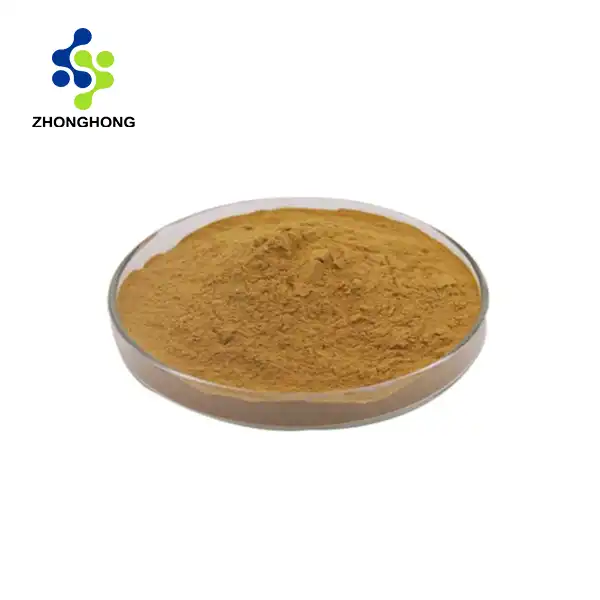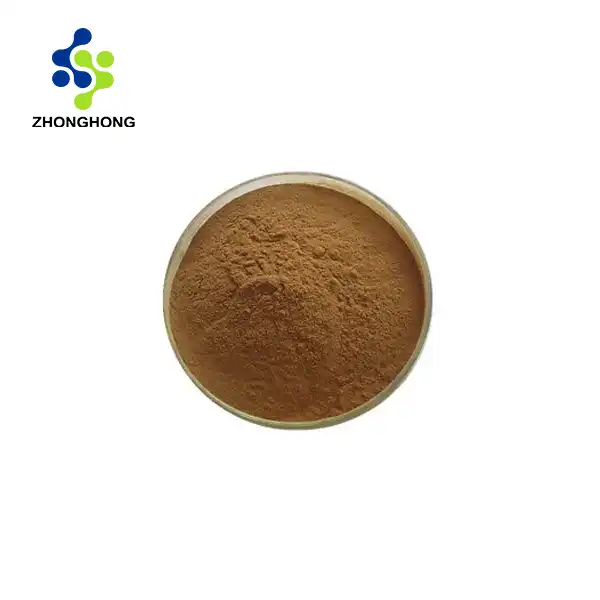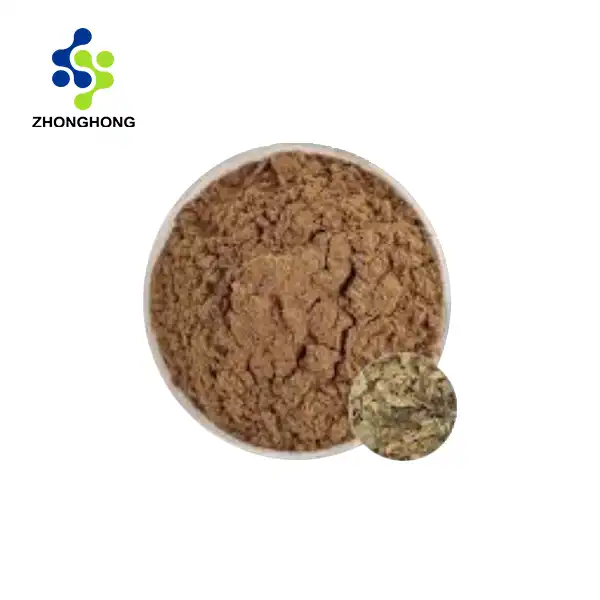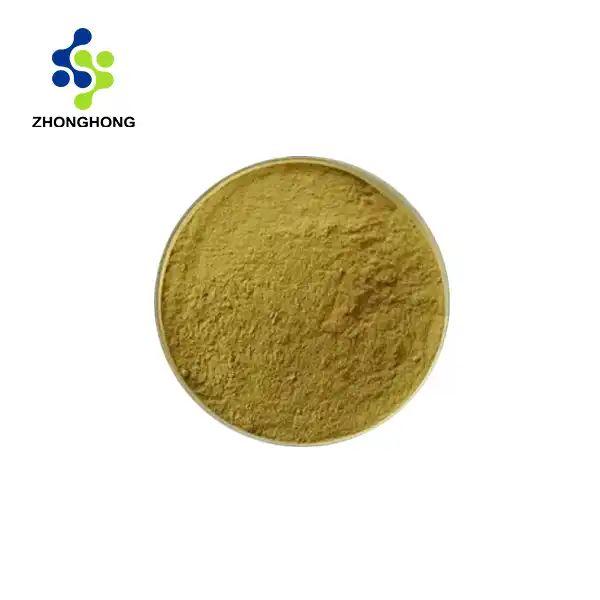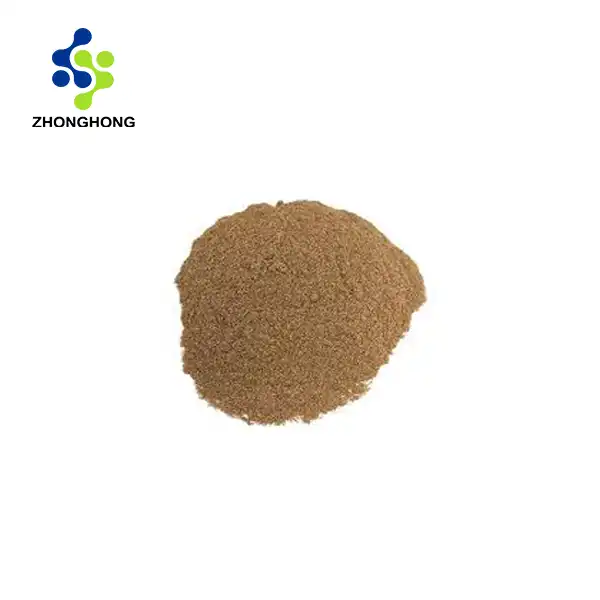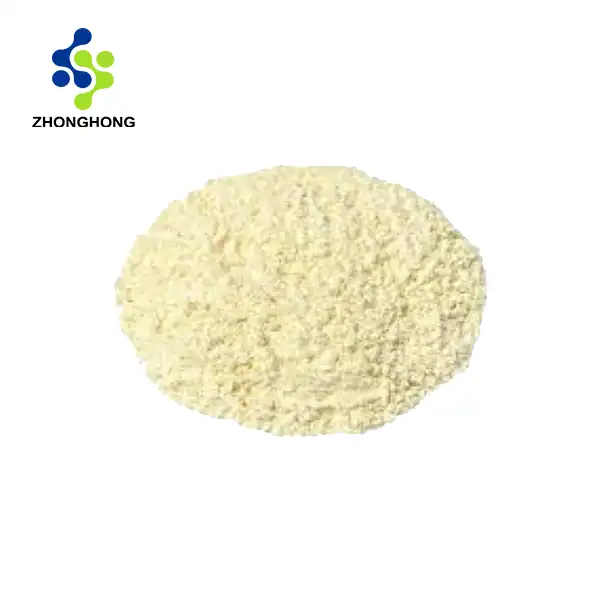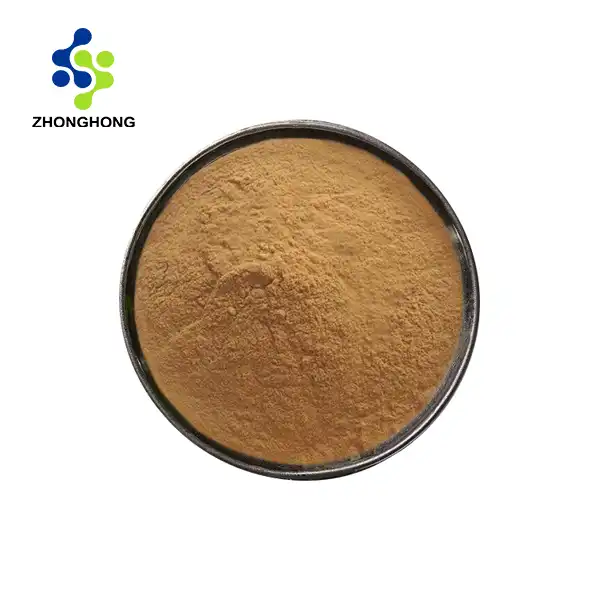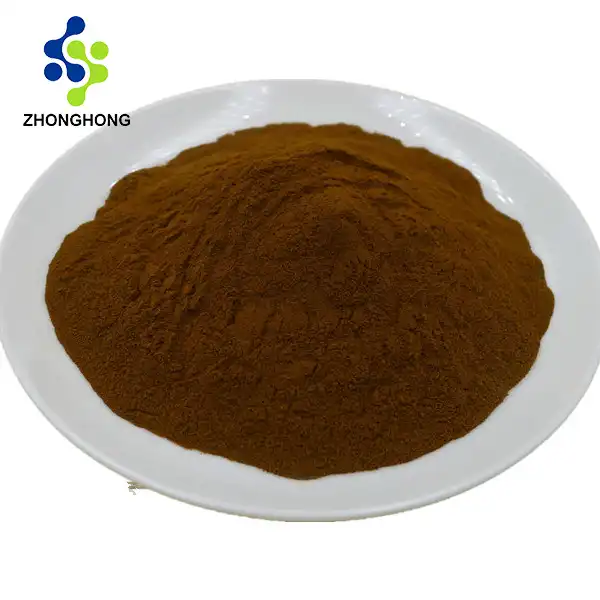Raw Material Preparation and Initial Processing
Sourcing and Selection of Chitin-rich Materials
The process of making chitosan powder begins with the careful selection of chitin-rich materials. Because of their high chitin concentration, crustacean exoskeletons, particularly those from shrimp, crab, and lobster, provide excellent primary sources. The quality of these raw materials has a considerable impact on the finished product's features. Chitin concentration and purity are heavily influenced by species, harvesting season, and storage conditions. Given the environmental effect of utilizing seafood processing waste, sustainable procurement procedures are becoming increasingly crucial.
Cleaning and Size Reduction
Once sourced, the crustacean shells undergo thorough cleaning to remove residual organic matter and contaminants. This step often involves washing with water and mild detergents, followed by rinsing to ensure a clean starting material. The cleaned shells are then subjected to size reduction processes, typically involving grinding or milling. This step increases the surface area of the material, facilitating more efficient chemical reactions in subsequent stages. The particle size achieved during this phase can affect the efficiency of chitin extraction and the properties of the final chitosan product.
Pretreatment Methods for Enhanced Extraction
Pretreatment procedures are used to improve the chitin extraction process. These procedures are intended to soften the shell structure and partially break down non-chitin components. Enzymatic digestion, which utilizes particular enzymes to dissolve proteins and lipids, and chemical pretreatment using dilute acids or bases are two common methods of pretreatment. Some sophisticated approaches include ultrasound-assisted extraction or microwave pretreatment to improve the efficacy of the following demineralization and deproteinization stages. The individual raw material qualities, intended product quality, and economic considerations all influence the pretreatment technique used.
Chitin Extraction and Purification
Demineralization Process
Demineralization is a critical step in chitin extraction, focusing on removing calcium carbonate and other minerals from the crustacean shells. This process typically employs hydrochloric acid (HCl) due to its effectiveness in dissolving mineral components. The concentration of HCl, temperature, and duration of treatment are carefully controlled to maximize mineral removal while minimizing chitin degradation. Alternative acids like acetic acid or lactic acid may be used in some processes, offering milder conditions but potentially requiring longer treatment times. The demineralization step not only removes minerals but also helps to break down the shell structure, facilitating subsequent protein removal.
Deproteinization Techniques
Following demineralization, the deproteinization step aims to eliminate protein content from the shell matrix. Sodium hydroxide (NaOH) is commonly used for this purpose, with variations in concentration, temperature, and treatment duration depending on the specific raw material and desired outcome. The alkaline treatment effectively hydrolyzes and solubilizes proteins, leaving behind a chitin-rich residue. Some processes incorporate enzymatic deproteinization methods, using proteolytic enzymes to achieve more selective protein removal. This approach can be particularly beneficial for preserving the molecular weight and structure of chitin. The choice between chemical and enzymatic deproteinization often involves balancing factors such as efficiency, cost, and environmental impact.
Purification and Quality Control Measures
Following demineralization and deproteinization, the extracted chitin goes through purification processes to eliminate remaining impurities and obtain the appropriate purity. This usually entails repeated washing with water to neutralize any leftover acid or base, followed by filtering or centrifugation to extract the pure chitin. Chromatography and selective precipitation procedures are examples of advanced purification techniques. Quality control procedures are used throughout the extraction and purification processes, including ash content determination, protein content evaluation, and spectroscopic techniques to ensure chitin purity. These processes guarantee that the extracted chitin satisfies the standards for further conversion to chitosan powder.
Chitosan Production and Powder Formation
Deacetylation Process for Chitosan Conversion
The deacetylation process converts chitin into chitosan, which is an important step in determining the final product's characteristics. Acetyl groups are removed from the chitin molecule using concentrated sodium hydroxide (NaOH) at high temperatures. The degree of deacetylation (DD) is an important characteristic that affects chitosan solubility, biodegradability, and biocompatibility. Control over parameters such as NaOH concentration, temperature, reaction duration, and chitin-to-alkali ratio enables the DD to be tailored to specific uses. Advanced deacetylation technologies, such as enzymatic procedures with chitin deacetylases or microwave-assisted techniques, enable more exact control over the deacetylation process while potentially reducing environmental effect.
Drying and Grinding Techniques
Following deacetylation, the chitosan undergoes drying to remove moisture and prepare it for powder formation. Various drying methods are employed, each with its advantages and effects on the final product characteristics. Spray drying offers rapid moisture removal and can produce fine, spherical particles, while freeze-drying (lyophilization) preserves the chitosan's structure and is preferred for high-value applications. Conventional oven drying, though less sophisticated, remains a common method due to its simplicity and cost-effectiveness. The dried chitosan is then subjected to grinding or milling processes to achieve the desired particle size distribution. Ball milling, jet milling, or cryogenic grinding techniques may be used, depending on the required powder fineness and the chitosan's thermal sensitivity.
Characterization and Quality Assurance of Chitosan Powder
The final stage in chitosan powder production involves comprehensive characterization and quality assurance measures. These assessments ensure that the powder meets specified standards for various applications. Key parameters evaluated include the degree of deacetylation, typically determined through titration methods or NMR spectroscopy, molecular weight distribution assessed via gel permeation chromatography, and viscosity measurements. Physical characteristics such as particle size distribution, moisture content, and ash content are also examined. Chitosan of pharmaceutical or biomedical grade can be tested for biocompatibility and toxicity. Advanced characterisation techniques such as FTIR spectroscopy and X-ray diffraction give information about chitosan's chemical structure and crystallinity. Stringent quality control processes, frequently associated with regulatory requirements established by the FDA or the European Pharmacopoeia, assure batch-to-batch uniformity and product safety.
Conclusion
The production of chitosan powder is a complex process that requires careful attention to each stage, from raw material selection to final quality control. By understanding and optimizing these steps, manufacturers can produce high-quality chitosan powder tailored to various applications across industries. As research continues to advance, new techniques and innovations in chitosan production promise to enhance efficiency, sustainability, and product versatility. If you want to get more information about this product, you can contact us at liaodaohai@gmail.com.
_1728976869676.webp)
